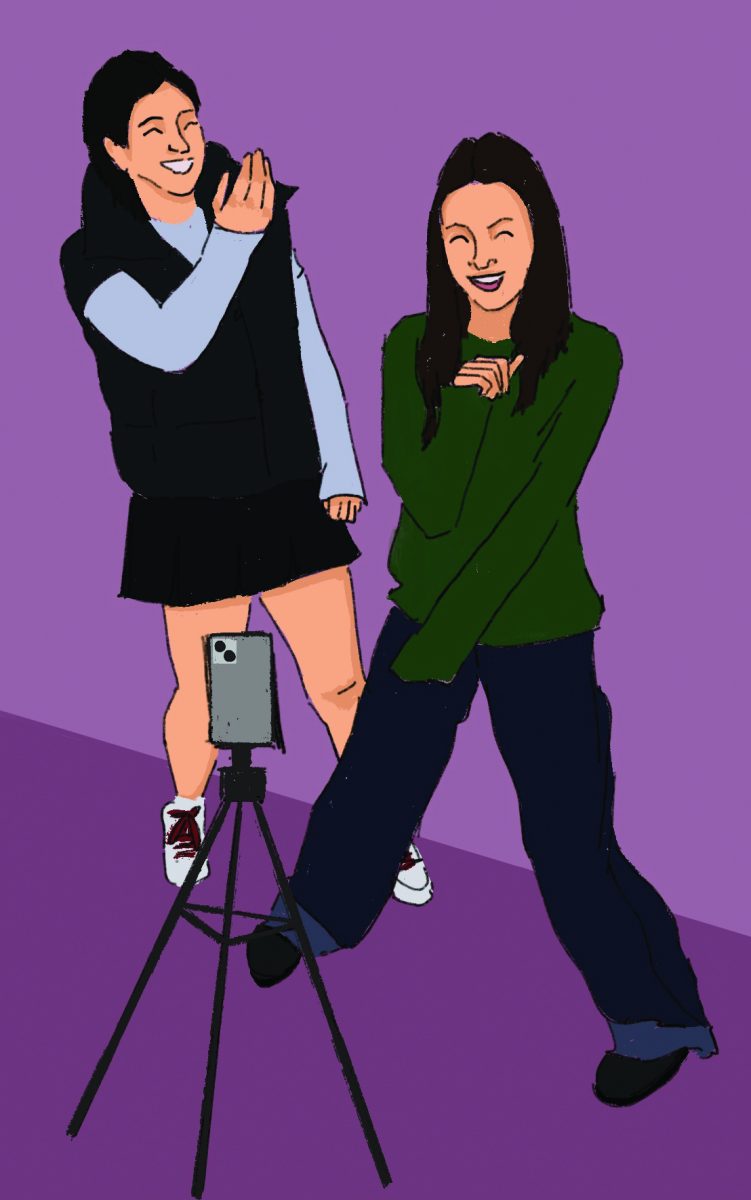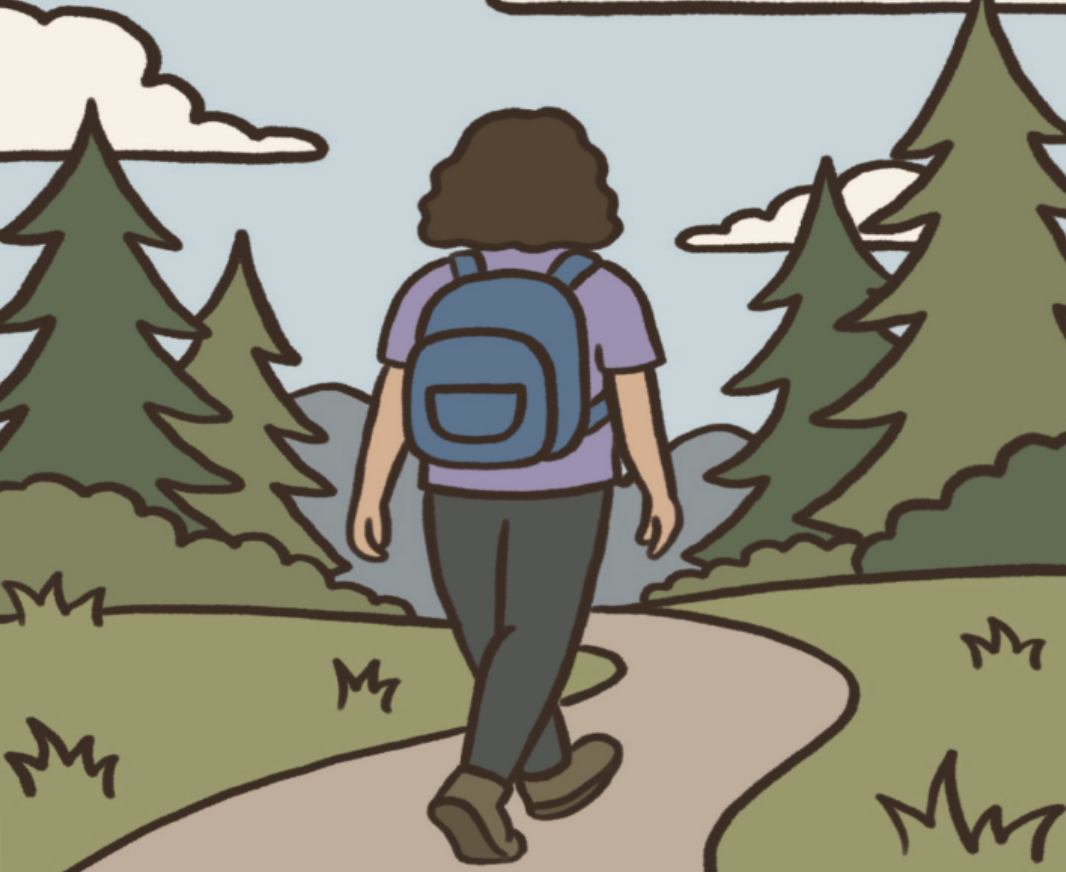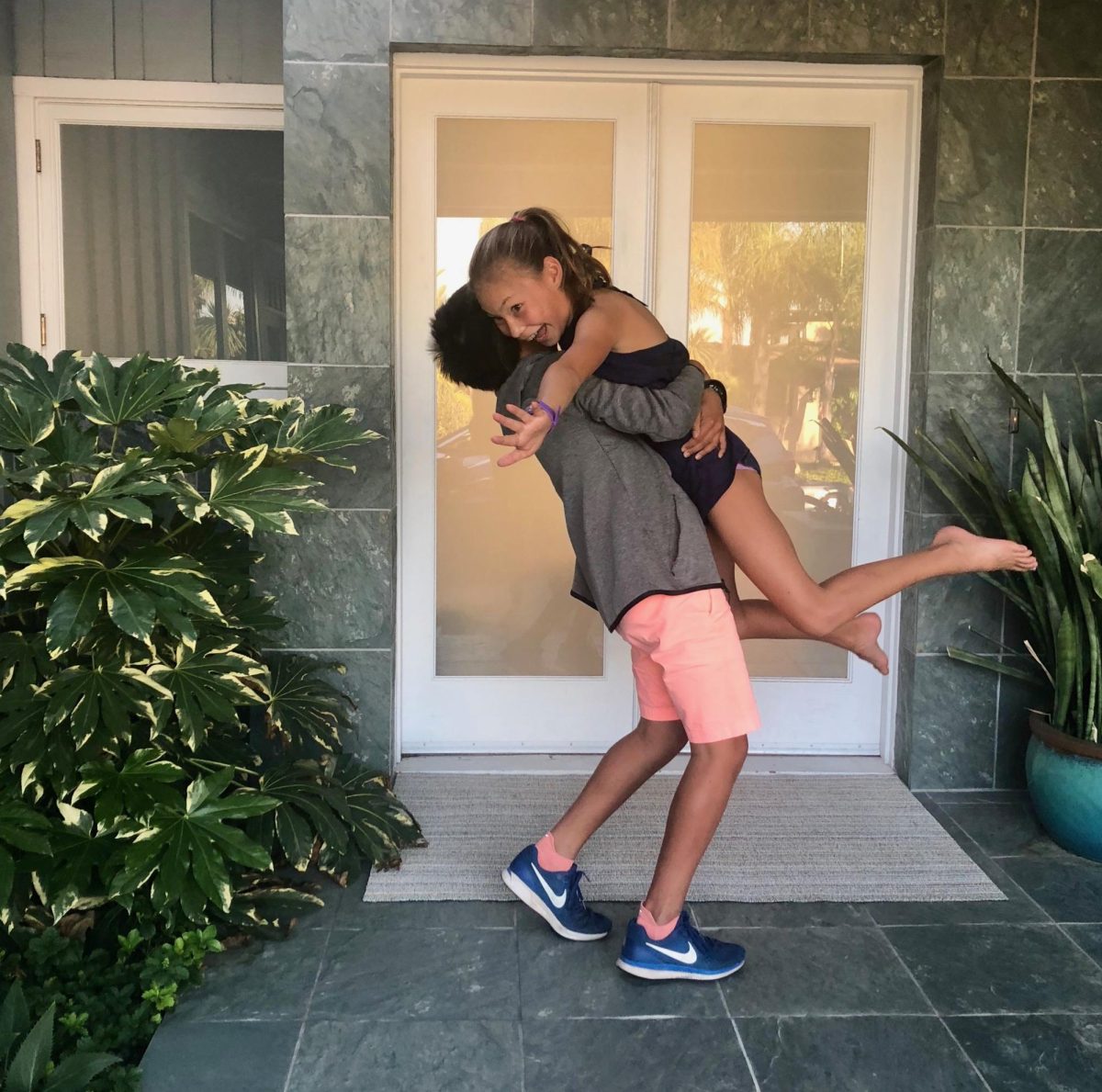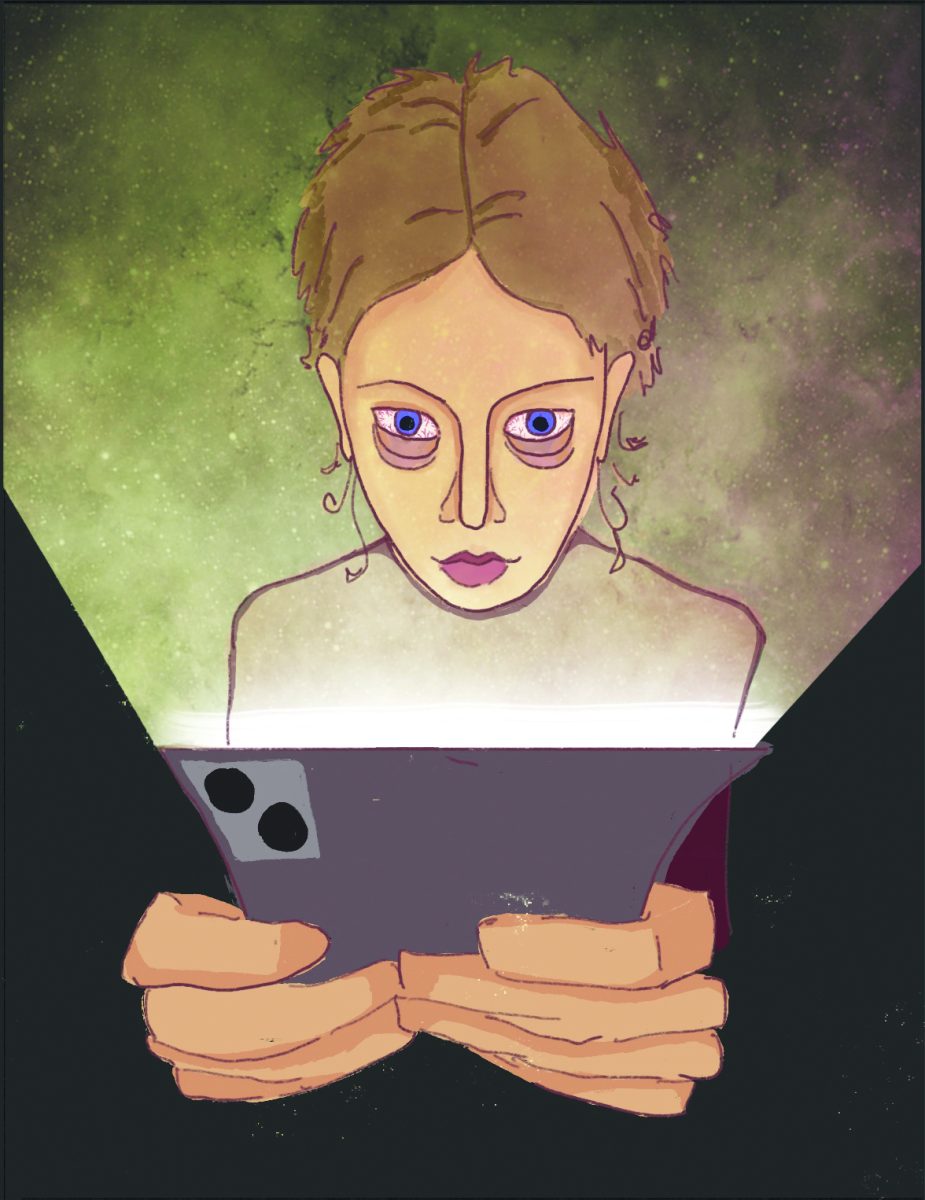I’m not going to sit here and argue that TikTok is not addictive or that my dopamine circuit isn’t fried. But at the end of the day, because the platform brings so many communities together, Americans should retain the right to have TikTok. The platform’s pros outweigh its cons, so TikTok should stay and continue to positively impact the millions of lives the app reaches daily.
The U.S. was built on the idea that America is the “land of the free,” and it should not be up to the government to dictate civilians’ free time. Taking away the app would be a direct negation of the ideals that were pivotal during the construction of America.
Additionally, TikTok has become a hub for small businesses and content creators to make an income. According to the 2024 U.S. Economic Impact Report, TikTok provides jobs for over 224,000 people and over 7 million businesses use the platform as a way to market and introduce their products to new customers. TikTok alone is responsible for $24 million in gross domestic product (GDP). Therefore, the removal of TikTok would negatively affect the American economy as a whole and cut off a major selling platform that small businesses depend on. In a research study conducted by TikTok, the app determined that 70% of its users find new brands on the app and 3 out of every 4 people are likely to buy something. This allows TikTok users to discover new businesses and support budding creators that want to market and sell their products that otherwise wouldn’t have been discovered.
Third, TikTok is used as a creative outlet and provides a platform for people to reach a larger audience. TikTok is a way musicians can share their songs to obtain new listeners. Painters can display their new work and gain potential buyers. It’s a space where artists can showcase their content to a global audience, enabling them to pursue a creative career through the power of TikTok.
TikTok is a positive platform that creates a community for its users. In January, I wanted to find a dog to foster after the Los Angeles fires, but all of the local shelters I contacted had an influx of fosterers and had no more dogs left. So I turned to handy-dandy TikTok, where, in minutes, I found thousands of dogs who were on the list for euthanization a mere 20 miles from me. TikTok was the gateway to immediately connecting me with dedicated volunteers who helped me rescue a dog hours away from euthanization and bring them to families willing to help out in times of need.
Kimberly LaRussa, founder of dog rescue center Sweet Buffalo, told Yahoo news that TikTok is crucial to saving the lives of thousands of animals, spreading information and helping with funding.
“There are so many people on social media — they are choosing to follow those organizations,” LaRussa said. “If I lose that, then the funding is going to be lost for the animals, and we don’t want to see that.”
Lastly, TikTok fosters the passing of essential information. From short clips on how to do a SAT question, to advice from dermatologists on skin care recommendations, to a mom telling young girls about their periods, TikTok is the one-stop shop for accessible information. It creates a sense of community like no other. During quarantine, when mental health plummeted due to isolation, TikTok was a source of connection and allowed the world to remain unified even in times of mandated isolation. Due to the advanced algorithm, each person has their own For You Page with their own community, and users are able to form relationships and connections globally.
Dr. Sacha Hamdani, a board-certified psychiatrist and ADHD clinical specialist, described to Harvard Public Health Magazine how TikTok is able to spread information.
“The true value of TikTok is its immense potential public health impact,” Hamdani said. “Used appropriately, it’s one of the most powerful tools we have for scaling information and fighting misinformation.”
Banning TikTok is not the solution to the privacy and national security concerns the app brings. Instead, regulations should be put into place protecting the safety of the American people while simultaneously allowing access to the platform that connects so many. If safety or mental health are brought into question, those can be regulated with the enforcement of protocols or time limits — but that is the responsibility of the product developer, not the users.
In TikTok’s case, the positives that the social media platform provides to varying communities outweigh its negatives. TikTok is good for our world: It connects people globally, is the main outlet for millions of people to display their creative ideas, enables organizations to spread their impactful messages and fosters community building.






